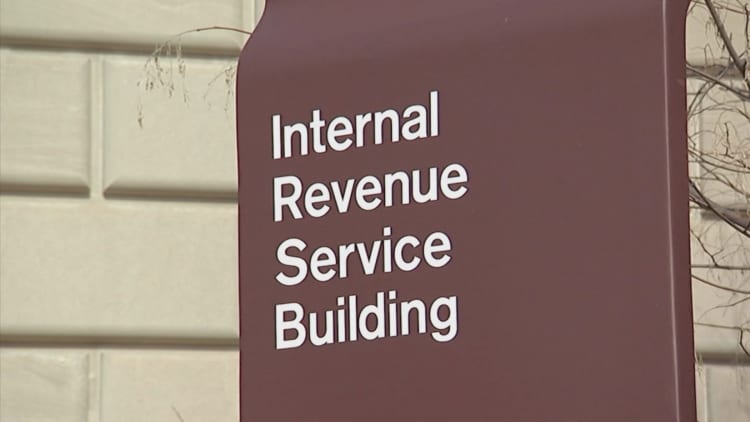Early bird tax filers ought to watch their mailboxes over the next few weeks: Everything they need to prepare their return is en route.
Filing season for the 2017 tax year begins on Jan. 29. This year, the IRS bumped the deadline to file returns to April 17 because the traditional filing date of April 15 falls on a Sunday. Emancipation Day – a legal holiday – will be observed Monday, April 16.
The IRS expects it will receive nearly 155 million individual tax returns this season.
There's good reason to get organized and file in a timely fashion this year. Experts have said the massive Equifax breach could contribute to tax fraud.

Even if you submit your return early, you'll have to wait a while for your refund if you claim the . Those who choose direct deposit will receive those refunds starting on Feb. 27.
The IRS has delayed refunds on returns claiming these two credits in order to give itself more time to detect phony returns and keep cash out of the hands of thieves.
Here's what you'll need to get a jump start on your filing.
What's new
Though most of the changes from the Tax Cuts and Jobs Act will take effect in the 2018 tax year, one major change will affect the 2017 filing season.
Under the previous tax law, filers who take the medical expense deduction could only deduct qualifying costs that exceed 10 percent of their adjusted gross income (AGI).
Now, that threshold has been dropped to 7.5 percent of AGI for the 2017 and 2018 tax years.
You can also still save on your 2017 taxes if you make an IRA contribution by April 17.
Other than that, the opportunities to save this filing season are limited.
"It would be challenging at this point to be able to make some kind of payment and get a benefit in 2017," said Melissa Labant, director of tax policy and advocacy at the American institute of Certified Public Accountants.
Here's when to look for key documents in your mailbox (or email inbox):
January
Employers must provide employees with a W-2 by Jan. 31.
Businesses that hire independent contractors will have to give them their 1099-MISC by that date, which will include information regarding nonemployee income.
If you're an independent contractor, you should be tracking your income throughout the year.
"Be proactive and contact companies to find out when they're issuing those 1099-MISC forms," said Gavin Morrissey, managing partner at Financial Strategy Associates in Needham, Massachusetts.
Retirees should also pay attention to their mailboxes in January. That's when the Social Security Administration sends beneficiaries an SSA-1099, which will detail what they received during the previous year.
If you blink, you may miss your 1099-R, a document filers get when they've taken a distribution from a retirement plan or from an IRA. Expect your brokerage firm to send this out to you by the end of January.
February and March
You may have heard about the triple tax benefits of a health savings account: You can make tax-deductible or pretax contributions to it. Also, your money will grow free of taxes and you can use the cash tax-free for qualified medical expenses.
If you tapped the HSA in 2017, then the bank administering your account will send you a 1099-SA by the middle of February.
Further, if you had health insurance coverage last year, whether you bought it through a state or federal marketplace or you had it at work, you'll get a Form 1095-A, -B or -C by early March.
Owners of taxable investment accounts also need to be on the lookout around mid-February for a slew of 1099s from their brokerage firms. These forms report dividends and interest of more than $10, as well as capital gains and stock sales.
If you own a home, watch out for Form 1098, which you'll need to deduct mortgage interest.
You can also deduct tuition and education costs and student loan interest that's more than $600 with forms 1098-T and -E, respectively.
Chase these forms down
Investors in partnerships, as well as recipients of a trust or estate, may have to sit tight all spring while waiting for their Schedule K-1, which reports income, losses and dividends.
These individuals may have to estimate their income and taxes, and then request an extension with the IRS.

Shareholders in S-Corps who need a K-1 to file their taxes can't get this document until the corporation has completed its return.
You may need to do a little legwork to get other forms. For instance, you'll need to ask your child care provider for additional documents if you'd like to claim the child and dependent care credit.
For now, exes who pay alimony can claim a deduction for it on their 2017 taxes – and the recipient must recognize it as taxable income. Both will need to review their payments and ensure they match with the divorce decree in order to file their taxes.
Note that alimony won't be deductible for any divorces or separation agreements executed after the end of 2018, thanks to the tax overhaul.
More from Your Money, Your Future:
WATCH: What to do with money you may save on taxes







